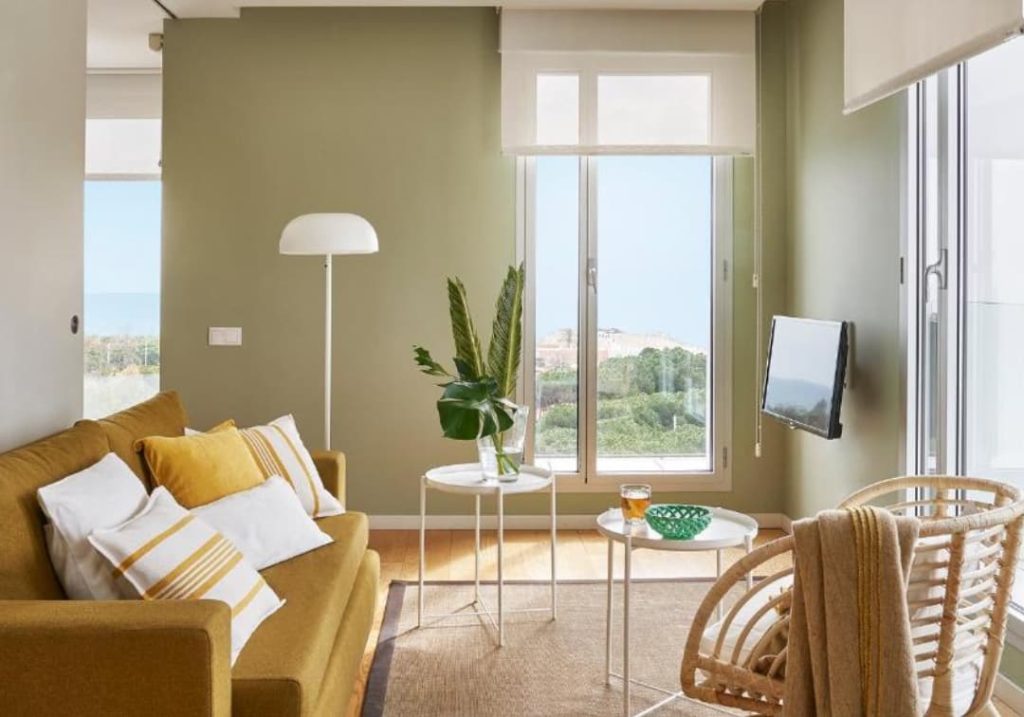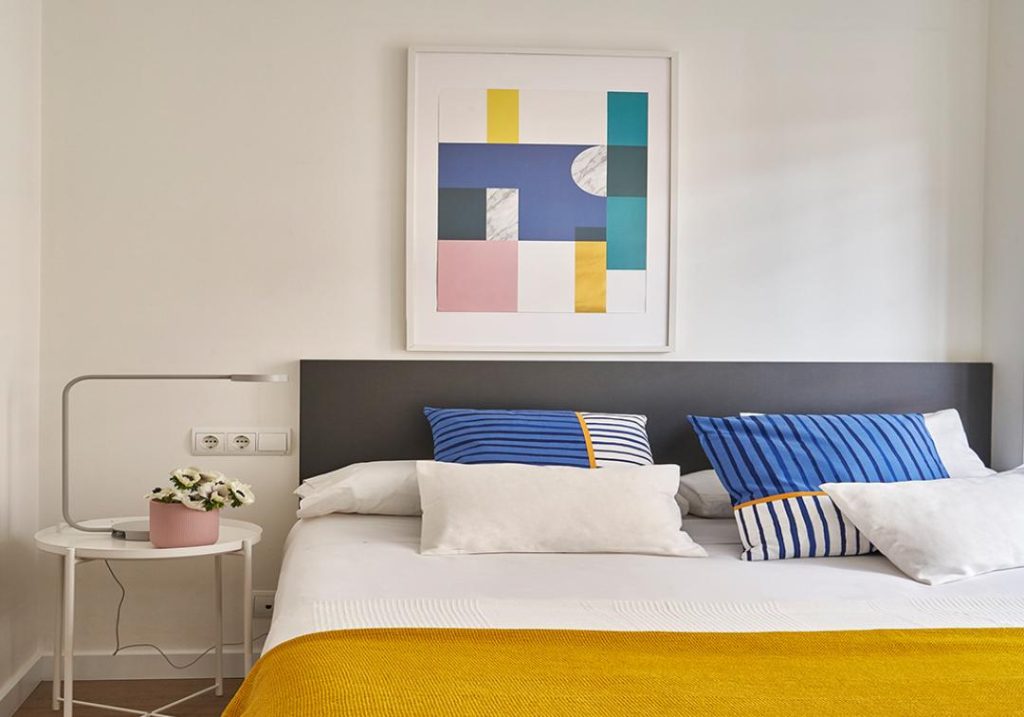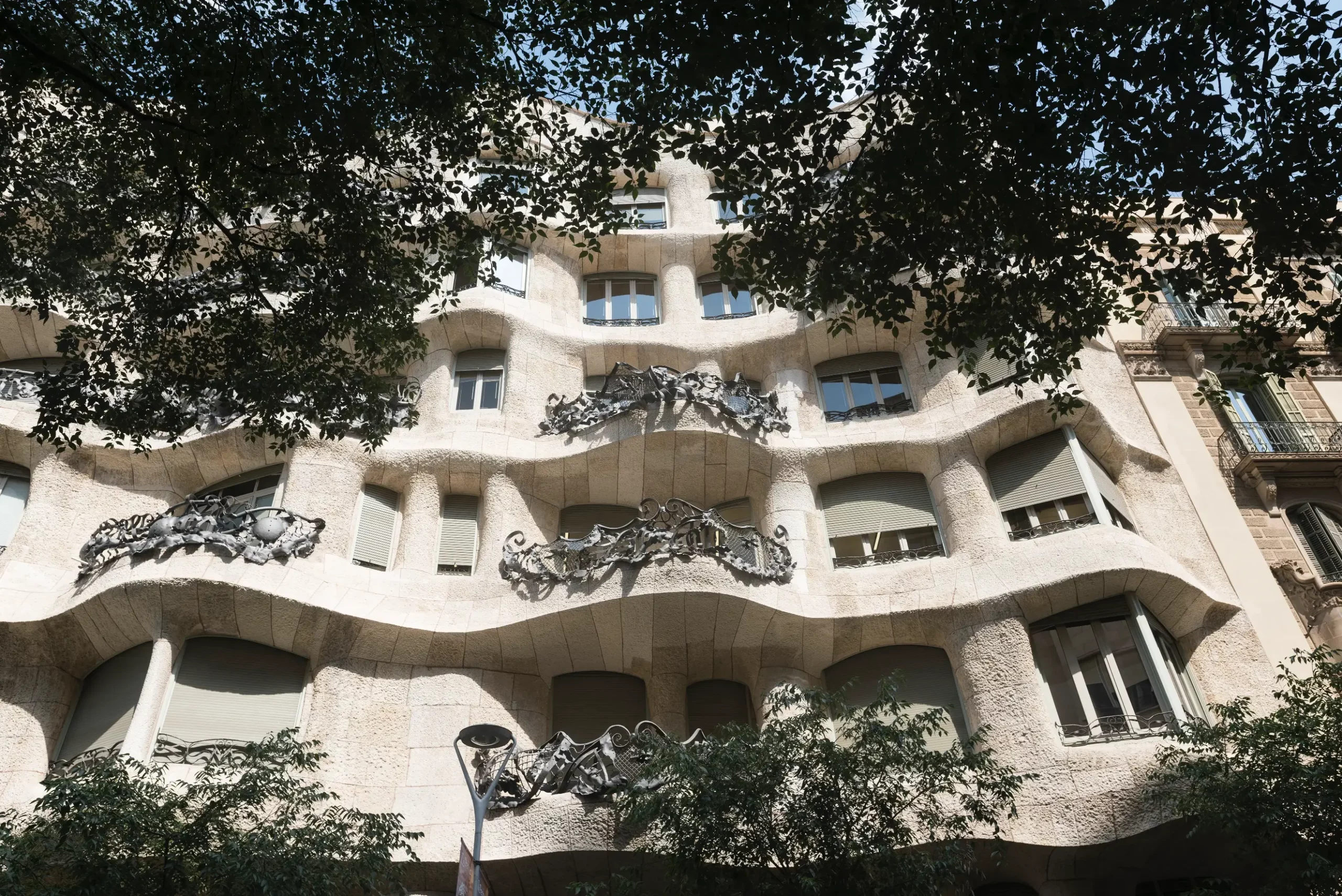It has been a while since the first time someone spoke about the Costa Brava. Specifically, it was in 1908 when the journalist Ferran Agulló coined the place’s name to refer to the picture-perfect coastline of Girona, whose rugged shapes and breathtaking landscapes, full of magnificent coves and beaches, leave the visitor speechless.
You are surely wondering why we are talking about the Costa Brava, since our holiday apartments are in Barcelona. Well, there are several reasons why. Due to its spectacularity, its historical and cultural importance, its proximity to charming medieval towns and its delicious cuisine, this corner of our geography is well worth a break from the city.
If you are worried about how to get to the Costa Brava from Barcelona, you have several possibilities: from the R1 line – commuter trains that allow you to reach Blanes – to numerous coaches that leave from the Estación de França, as well as traveling by private vehicle (N-II or AP7 are without a doubt the fastest option). Any of these choices are ideal to discover one of the great claims of the peninsular northeast.
There are many places that are worth knowing. Therefore, we have selected our top 10 villages that you should visit if you are wondering what to see on the Costa Brava. We will explain more about them in the lines that follow, arranged from north to south.
CADAQUÉS
Words are not enough to refer to this beautiful seaside town, one of the great treasures of the Alt Empordà. Its white painted facades and its secluded coves have been a powerful magnet for geniuses such as Luis Buñuel, Federico García Lorca or Salvador Dalí. In Cadaqués, you can stroll through the winding streets of Rastell, which boasts a hand-made pavement with cobbles from the beach, and admire the church of Santa María, with an impressive Baroque altarpiece, or the House of Salvador Dalí, in the bay of Portlligat.
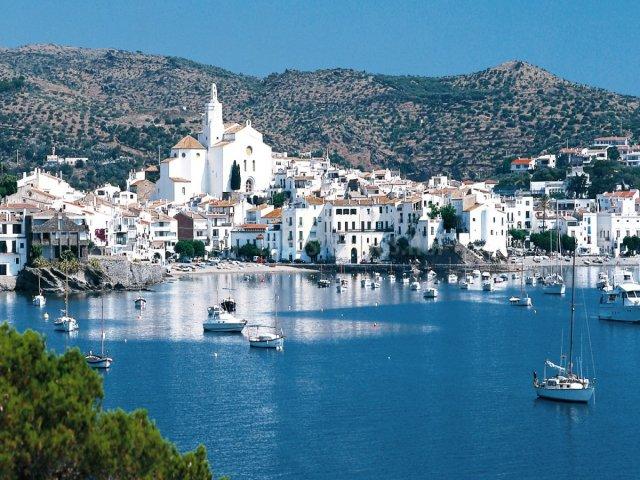
ROSES
On the other side of Cap de Creus, there is the Greek-born Roses. In addition to the jaw-dropping Gulf of Roses, here you will find a big citadel of the sixteenth century, which still preserves Hellenic, Roman and medieval remains. If you climb the hill known as Puig Rom (240 m), you will contemplate a panoramic view of the magnificent Pyrenees. You cannot miss the spectacular Parc Natural del Cap de Creus either. In addition, we recommend you move slightly inland, where the monastery of Sant Pere de Rodes (878-1022) stands, one of the masterpieces of the romanic Catalan style. Another landmark worth visiting in this area is Figueres, the city where the Dalí Museum Theater opens its doors to the public.

EMPURIABRAVA
Known as the Catalan Venice for its canals, it is one of the most exclusive enclaves of the Costa Brava. Although it does not have a remarkable architectural heritage, the truth is that it depends on the City Council of Castelló d’Empúries, in the interior of Catalonia, with interesting examples of religious and civil Gothic architecture.
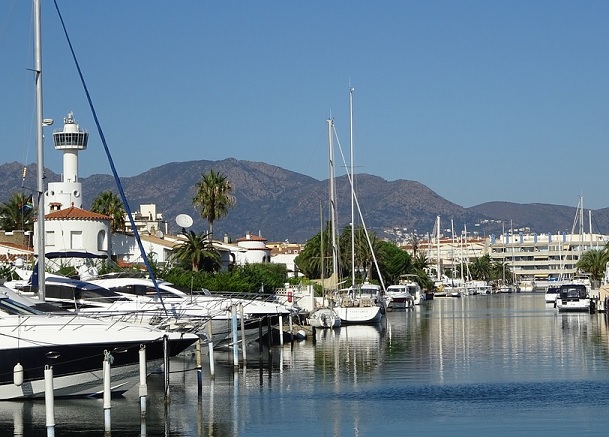
EMPÚRIES
Together with Roses, this is the only place on the peninsula that has Roman ruins. Founded by the Phocaean in the year 580 a.C. and later converted into a Roman city, its archaeological site will allow you to contemplate a magnificent wall, remains of temples, a paleo-christian basilica and a sculpture of Asclepius, the Greek god of medicine. Not far from there, continuing to the south, L’Escala, a fishing village famous for its beautiful beaches and, of course, for the delicious anchovies caught in its waters.
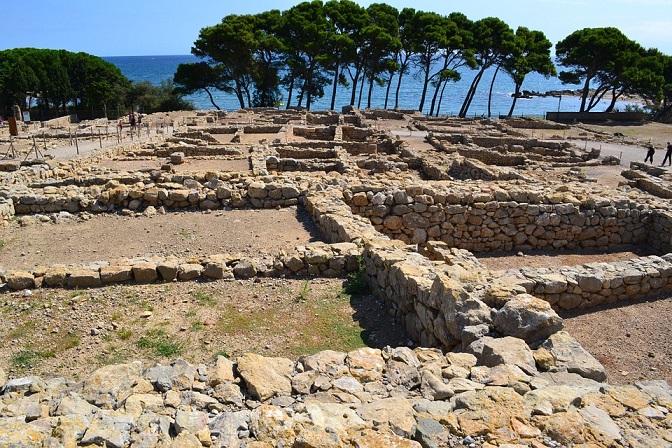
ESTARTIT
It is another of the pillars of luxury tourism in the Costa Brava. Its great attraction is the proximity of the beautiful Illes Medes, an archipelago formed by seven small islands and islets which is highly appreciated for its natural beauty. Among its most frequent visitors, diving enthusiasts stand out. This is the Mediterranean at its finest.
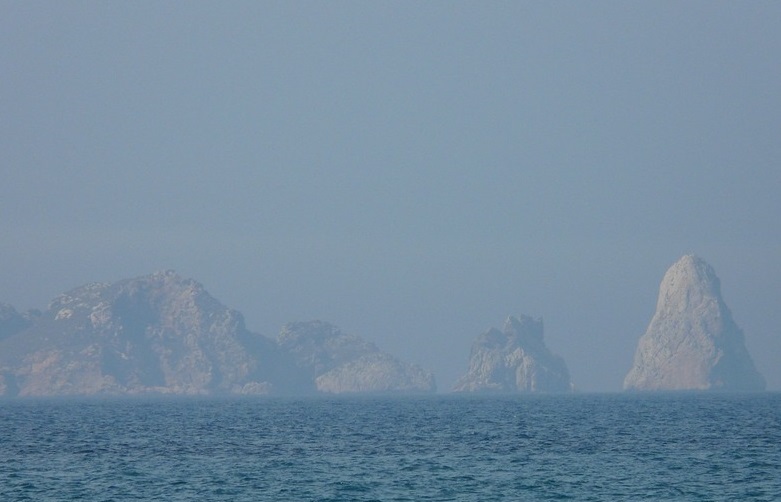
CALELLA DE PALAFRUGELL
This is one of the best options for those who wish to enjoy the beach with their family in a peaceful environment, surrounded by lush pine forests. Cradle of the music style called havaneres (every summer the town hosts an important recital which features the delicious beverage called rom cremat), Calella de Palafrugell is also an unbeatable place to start a tour across the medieval villages of the Baix Empordà: Pals, Peratallada, Palau-sator, Monells (where the Spanish film Ocho Apeliidos Catalanes was filmed) … You can even easily get close to the Gala Dalí Castle in Púbol and Ullastret, the most important Iberian site. Begur is not far away either, with coves and beaches as enchanting as Sa Tuna.
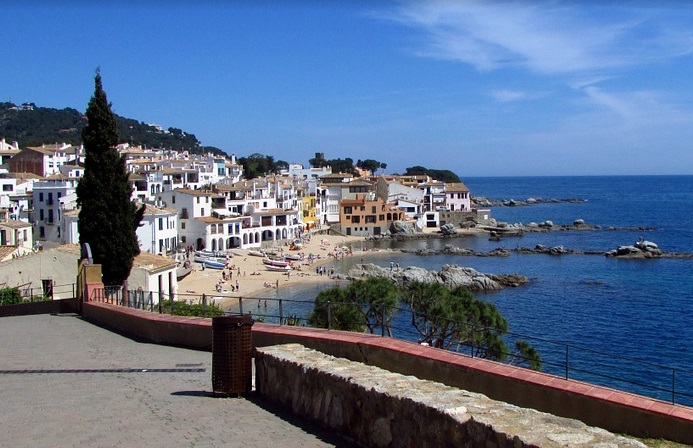
PLATJA D’ARO
Between Palamós and Sant Feliu de Guíxols, this old fishing village is one of the most important destinations of the Costa Brava nowadays, as well as one of the most demanded options by the local population and tourism when purchasing a second residence. The figures tell us much more about its fame as a touristic destination: in summer, Platja d’Aro sees how its registered population, which is not much more than 10,000 inhabitants, is multiplied by ten.
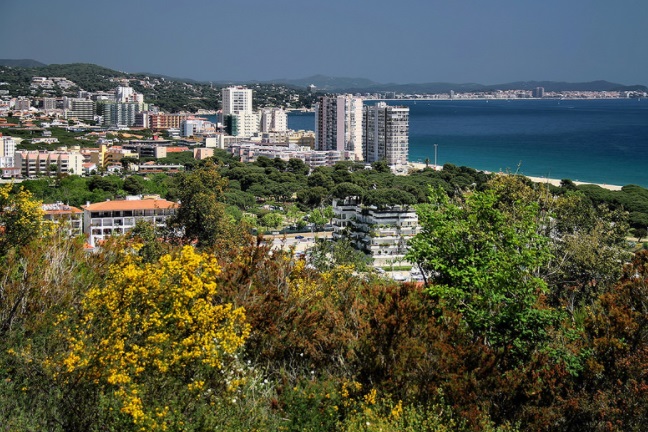
TOSSA DE MAR
This town in the region of La Selva is an excellent option when dwelling on what to see on the Costa Brava, thanks to the pleasant impression it leaves on its visitors. Thus, the French painter Marc Chagall described it as a “blue paradise” after spending the summer there in 1933 and 1934, shortly before becoming the film set for Pandora and the Flying Dutchman (1950), starring Ava Garner and James Mason. Its most emblematic area is the so-called Vila Vella, with a medieval air and presided by an iconic castle right at the top. On the other hand, we must not lose sight of the fact that the Parc Natural del Montseny, declared a Biosphere Reserve by UNESCO, is just 45 km away.
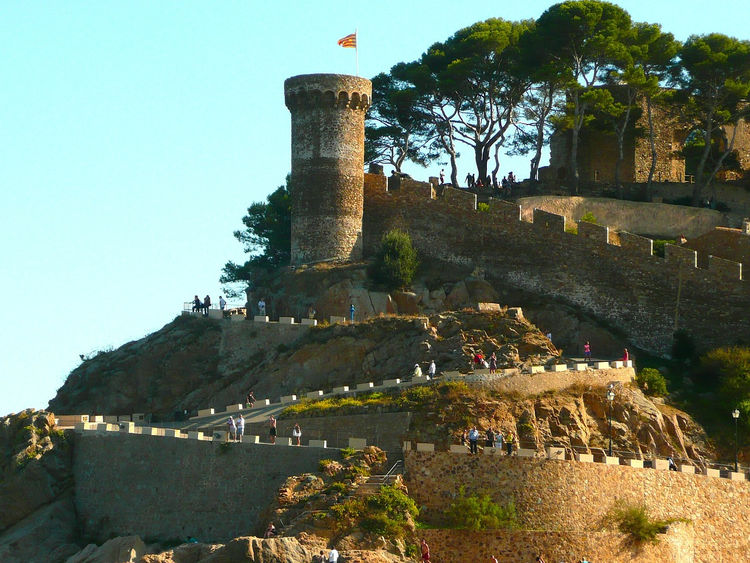
LLORET DE MAR
This destination needs no introduction. Consolidated as the nightlife capital of the Costa Brava (it has more than 100 bars and discos), Lloret de Mar has an unbeatable range of services, beaches with coarse sand, some as hypnotic as Fenals, some secluded coves that attract many and the castle of Sant Joan, originally from 1079.
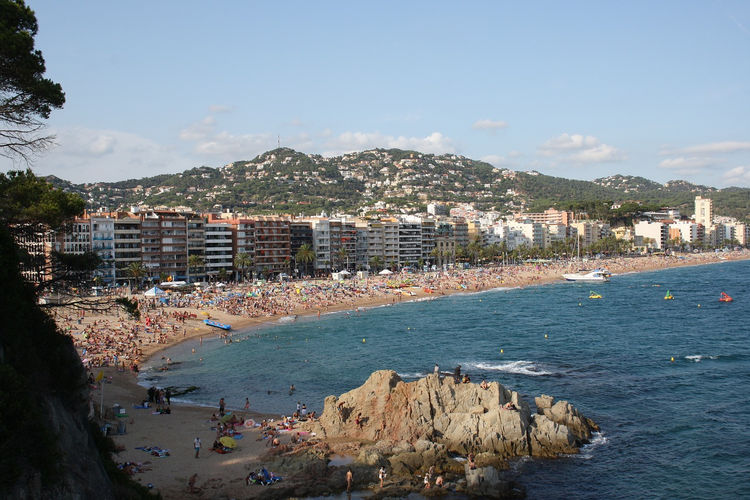
BLANES
Located near the southern tip of the Costa Brava, this town owes its popularity not only to its 4 km long beach and crystal clear waters; In fact, there you will find two of the most beautiful botanical gardens in Europe: the Marimurtra Botanical Garden, with fantastic views of the sea and more than 4,000 species of plants, and the Pinya de Rosa Botanical Garden, dotted with cacti and agaves. We must also mention the old town of Blanes, which invites you to walk its streets and to leave stress behind.
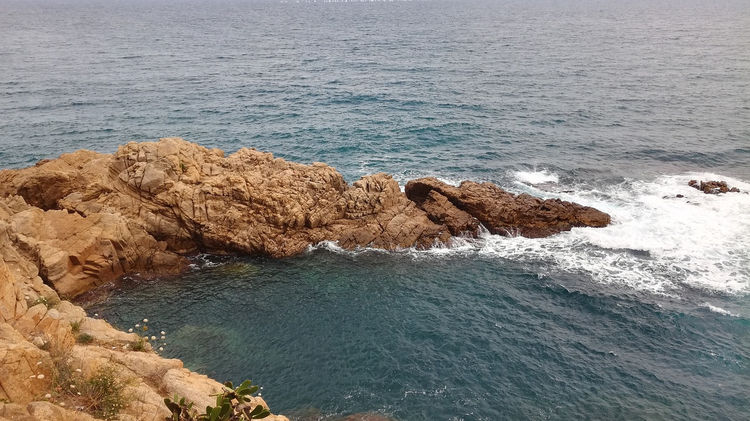
Of course, this list could be completed with many other destinations. If you have also been lucky enough as to enjoy other towns located on this coastline, we invite you to share your experience with us and with other readers who are wondering what to see on the Costa Brava. We look forward to your contributions!

